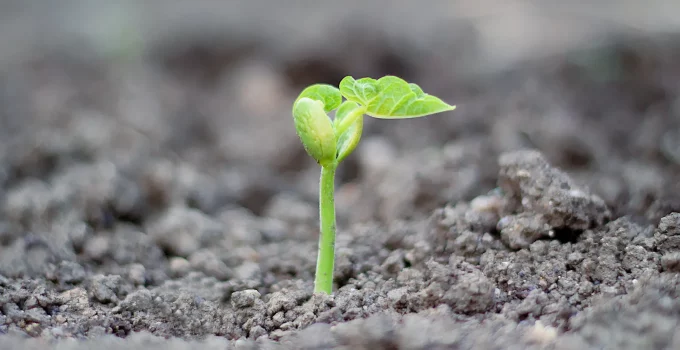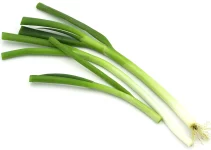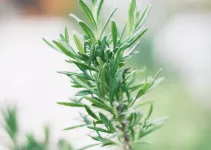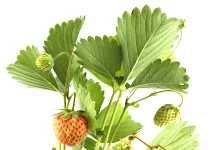Why is it important to make a cotyledon vs true leaf comparison? There’s basically only one reason for it: it determines when we can transplant seedlings.
It’s important to make a difference between cotyledon and true leaf so that we know exactly when we should transplant seedlings.
The difference is significant.
Frankly, there’s no way we could mistake cotyledons for true leaves no matter which plant we’re growing.
Table of Contents
Cotyledon vs True Leaf: The Major Difference
Basically, cotyledons are those first tiny levees produced by the seed as it starts to make its appearance above ground.
Cotyledons don’t look like anything much. A speck of green above the ground, the first green and timid sign that our seeds are well on their own way to become seedlings, although it’s going to take a few more days until they grow taller and stronger.
On the other hand, true leaves are distinct and unmistakable.
We recognize true leaves because they look like the leaves that mature plants develop, just in a smaller form. Thus, true leaves will remind us of what the leaves of the mature plant will look like.
Cotyledons are nondescript, usually round in shape and very small.
On the other hand, we can identify the plant we’re growing by its first true leaves.
And when we see true leaves, in most cases, we know that the seedlings can be transplanted in bigger containers, in garden beds, or in the ground in the garden.
Of course, not all seedlings need to be transplanted.
For example, we can germinate leafy greens, lettuce, and herbs directly in the containers or in the soil that we’ll also grow the plants in. There’s no need for any transplanting. We sow the seeds where we intend to grow the plants until harvest.
In the case of some plants, there’s really no need for germination trays or things like that. That more complicated process applies to plants like tomatoes, peppers, cucumbers, eggplants, etc.
We also germinate seeds in rockwool cubes and then transplant them into hydroponic systems. Our cotyledon vs true leaf comparison also applies in the case of hydroponics.
Cotyledon definition
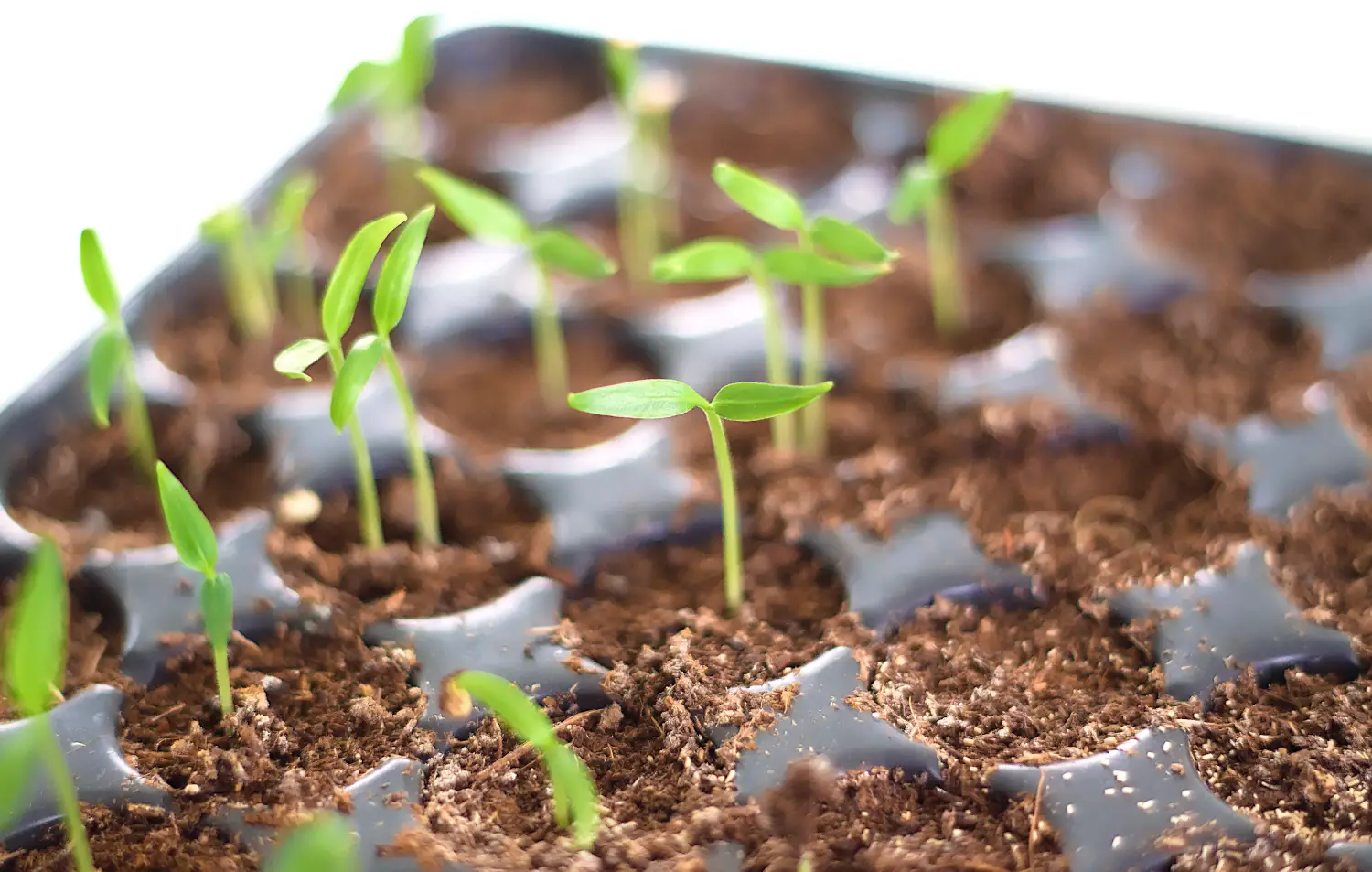
When a seed germinates, it sends up a stem out of its seed coat. These stems will have a leaf or two leaves. For example, tomatoes will have two, corn will have one.
These are the seed leaves, which are completely different from true leaves. Thus, we get these two distinct names to differentiate them.
According to britannica.com, the cotyledon is the seed leaf within the embryo of a seed.
Cotyledon comes from the Latin word for seed leaf.
It is the first leaf of the plant embryo. Thus, it’s also the first part of a plant to emerge from the seed.
The role of these tiny first leaves that grow from the seed is to supply the nutrition the embryo of the plant needs to germinate and become established.
We have embryos with a single cotyledon and these are grouped as monocots.
Eudicots are embryos with two cotyledons.
Gymnosperms have a number of cotyledons in the embryos of 8 to 20 or more.
There are also plants whose cotyledons don’t grow above ground but they emerge in the ground. In that case, the first green we’ll see above ground will be the true leaves. That’s the case for some plants, like peas. This is called hypogeal germination.
True leaf definition
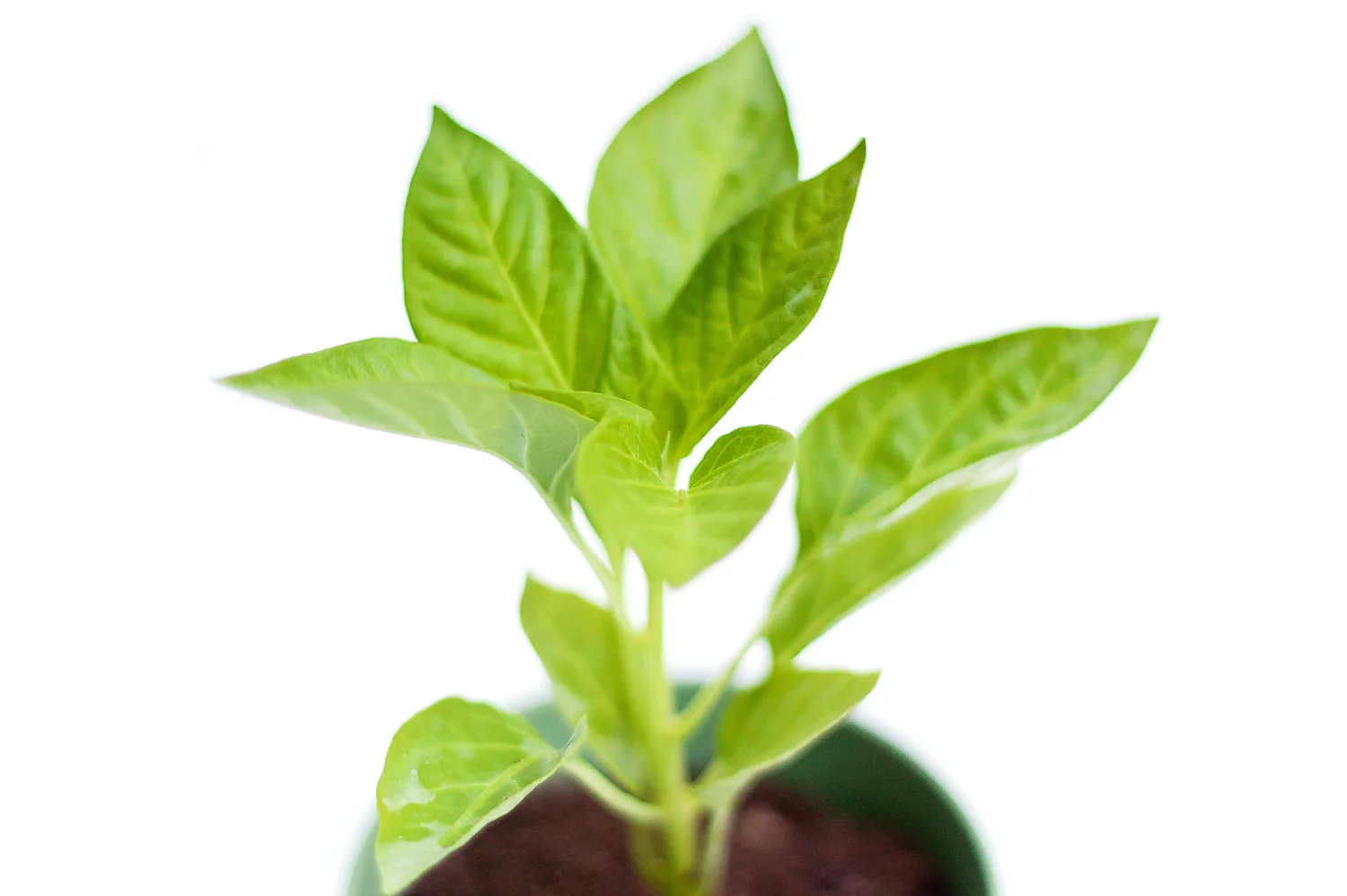
Once the cotyledons emerge, it can take one to three weeks until we get true leaves. How soon it happens depends on the plant we’re growing and the sunlight, moisture it receives and the temperature we’re germinating at.
True leaves grow after seed leaves. When we germinate seeds, after cotyledons, in a few days we get true leaves.
True leaves continue to grow in size as the plant continues to grow in size.
When the plants are in their seedling stage, their true leaves are tiny. But even in this smaller size we can still see that the true leaves have the same shape and appearance as the grown leaves of a mature plant. Only their size differs.
True leaves provide fuel and energy to the plant via photosynthesis.
If we grow leafy greens or herbs, then we’ll harvest these true leaves whenever we deem their size to be what we’re looking for.
For example, for baby spinach we’ll harvest true leaves that are smaller, more vibrant green, and more tender. If we let the leaves grow, then we’ll harvest spinach leaves that are bigger and a darker green.
In the case of plants that produce fruits, the leaves need to be pruned as the fruit continue to grow to direct the growth process of the plant towards the fruits and not towards growing bigger and bigger leaves because we have no need for them.
When to transplant seedlings
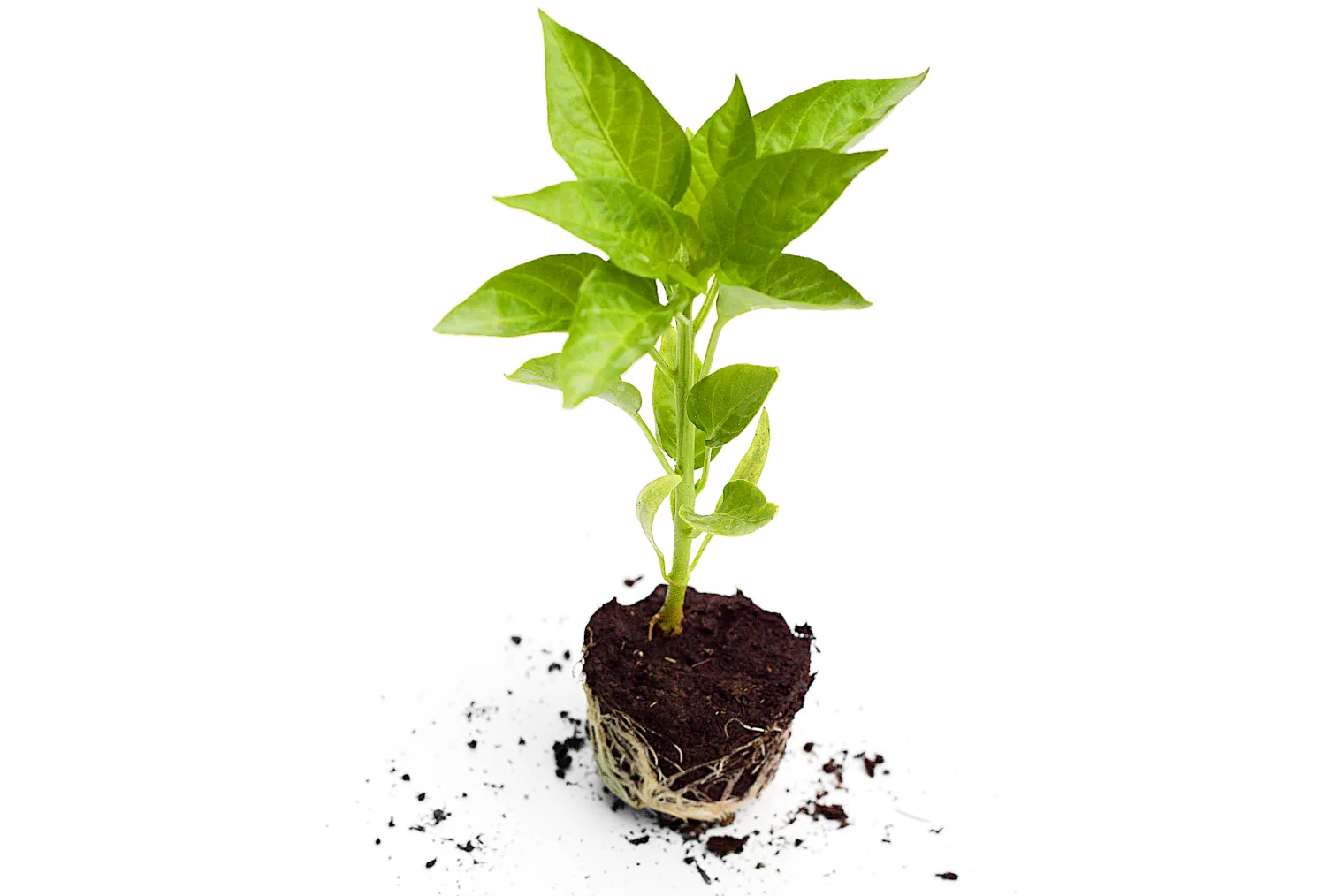
Once we get true leaves, we might also decide to thin out seedlings. With a sharp pair of scissors we cut out the weakest seedlings. These will have very tiny true leaves so that’s another area where the appearance of true leaves helps us.
We are usually advised to transplant seedlings when the plant grows a set or two of true leaves. Or when the plant has 4 sets of true leaves. It depends from plant to plant. And that’s why it’s important to make this cotyledon vs true leaf comparison.
While we don’t use any fertilizer during germination, once we get one or more sets of true leaves, we can begin to fertilize our plants.
If you want to understand more, check out my article detailing the growing stages of cucumbers.
For example, cucumber plants get their true leaves in about 10-14 days after germination.
Are microgreens true leaves or cotyledons?
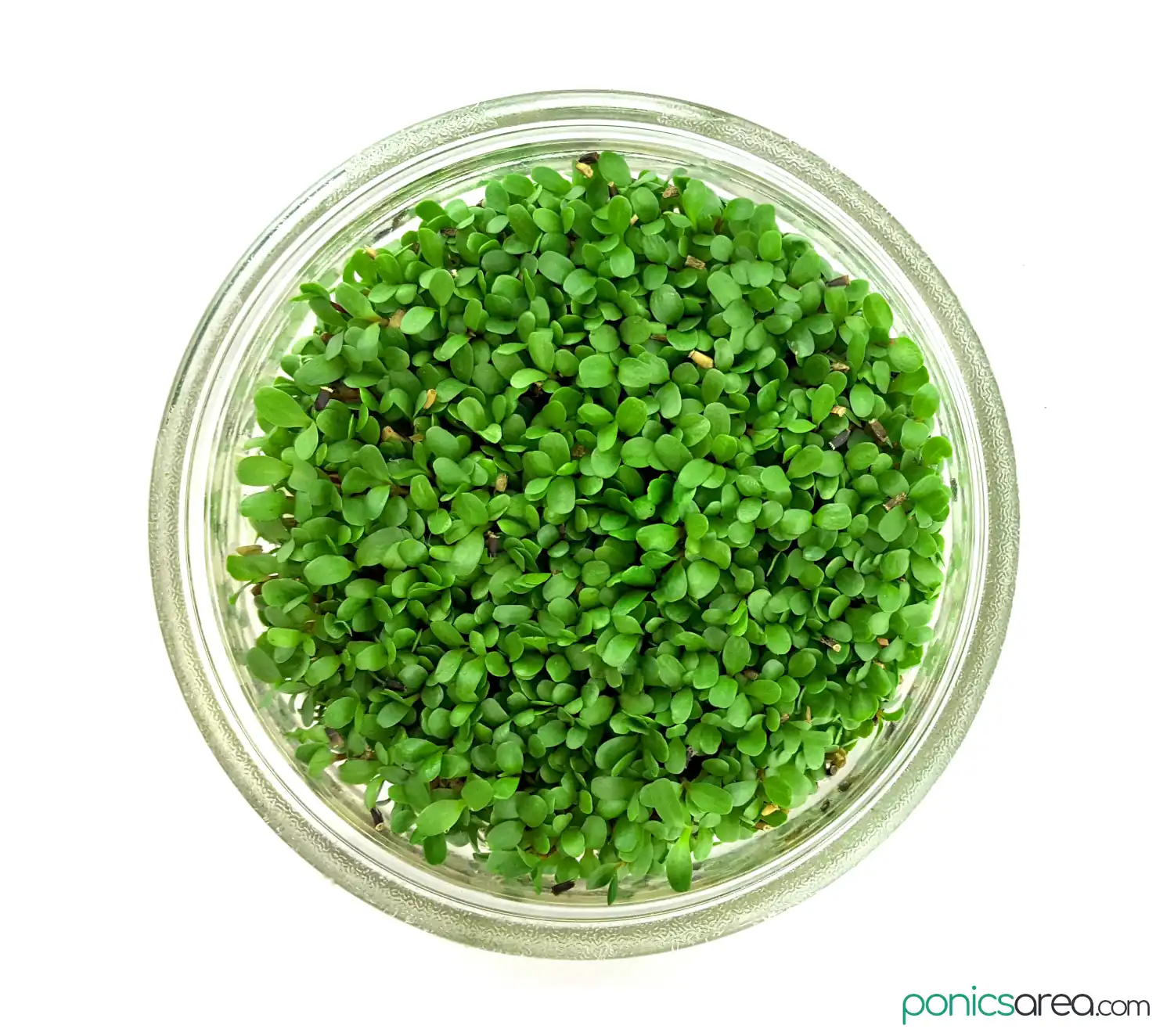
I thought that we should talk about one more thing in our discussion on the difference between cotyledon and true leaf.
Where do microgreens fit in?
As we’ve established, cotyledons are the seed leaves. They can usually be one leaf or two leaves or more, depending on the plant.
True leaves develop as the seedling continues to grow, appearing 1 to 3 weeks after cotyledons.
On the other hand, microgreens can be harvested as soon as 7 days after sowing. Or they can be harvested in 2-3 weeks. It depends on the microgreen plants we grow, the microgreen growing kits we use, how well we take care of them, etc.
Based on that timeline, we clearly determine that microgreens outgrow the cotyledon stage by a bit.
On the other hand, we also grow microgreens in different conditions than we do for germinating seeds.
All this leads to the conclusion that microgreens have fully developed cotyledon leaves and they also grow a pair of small, partially developed true leaves.
On microgreens, like on the other seedlings, the cotyledons will have a smooth, plain looking, basic shape appearance.
The tiny true leaves on microgreens will have a distinct shape that is clearly distinct in appearance from cotyledons, resembling the big leaves that plants grow as they mature. It’s easy to set them apart.
Should we harvest microgreens after the first true leaves appear? If you want more flavor, a more intense taste, I recommend waiting until you get a tiny set of true leaves.
All in all, what we’ve discovered in this cotyledon vs true leaf comparison is that these two stages are very easy to set apart and that we’re absolutely more interested in our plant reaching the true leaves growth stage, after which things start to get exciting.

